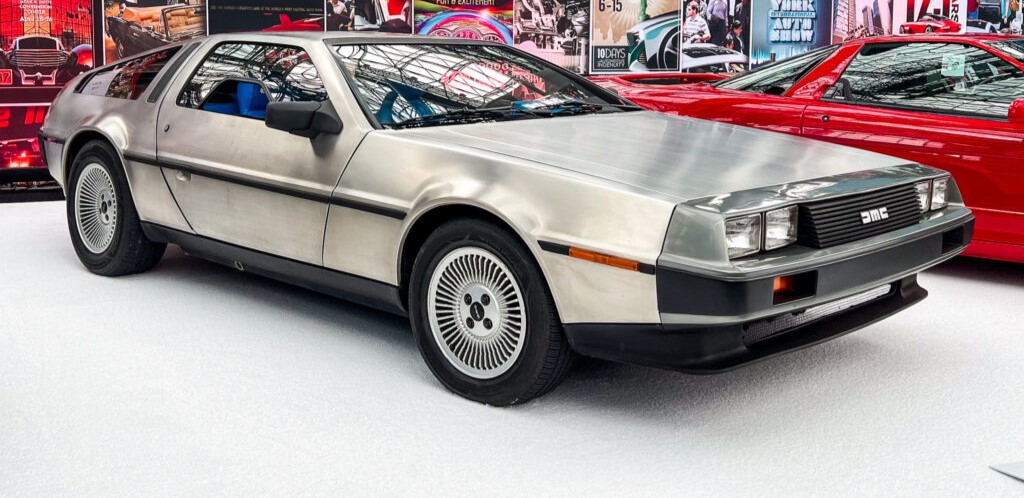
DeLorean DMC-12 — the one and only production model from DeLorean Motor Company. Most people immediately think of the DeLorean DMC-12, that sharp-edged sports car made famous by Back to the Future (1985). Designed by Giorgetto Giugiaro and launched by DeLorean Motor Company, or DMC, it had some wild features for the early ’80s: gullwing doors, a brushed stainless steel body, and a very futuristic vibe.
The DeLorean DMC-12s were built in Northern Ireland, in a town called Dunmurry, just outside of Belfast. When John DeLorean needed a place to build his factory, he was looking for major government incentives. The British government — desperate to create jobs during a very tough time (high unemployment, lots of political tension from The Troubles) — offered him millions in loans and grants if he built the factory in Northern Ireland.
Basics:
- Name: DeLorean DMC-12
- Production: Early 1981 to late 1982
- Total made: Around 8,975–9,200 units (depending on sources)
- Price when new: Originally targeted around $12,000, but by the time it hit the market it was about $25,000–$30,000
Design:
- Styling: Designed by Giorgetto Giugiaro of Italdesign.
- Body: Unpainted brushed stainless steel panels over a fiberglass underbody. (Seriously — you could take a Brillo pad and scrub scratches out yourself.)
- Doors: Gullwing doors, spring-loaded and gas-strut assisted. Wild but heavy.
Engine and Performance:
- Engine: PRV (Peugeot-Renault-Volvo) 2.85L V6
- Power: ~130 hp (later U.S. spec models, earlier Euro prototypes had slightly more)
- 0-60 mph: About 9–10.5 seconds (so… not a rocket ship)
- Transmission: 5-speed manual or 3-speed automatic
Chassis:
- Frame: Lotus-designed double-Y backbone chassis (very Lotus-like underneath).
- Suspension: Independent all around, pretty advanced for the early ’80s.

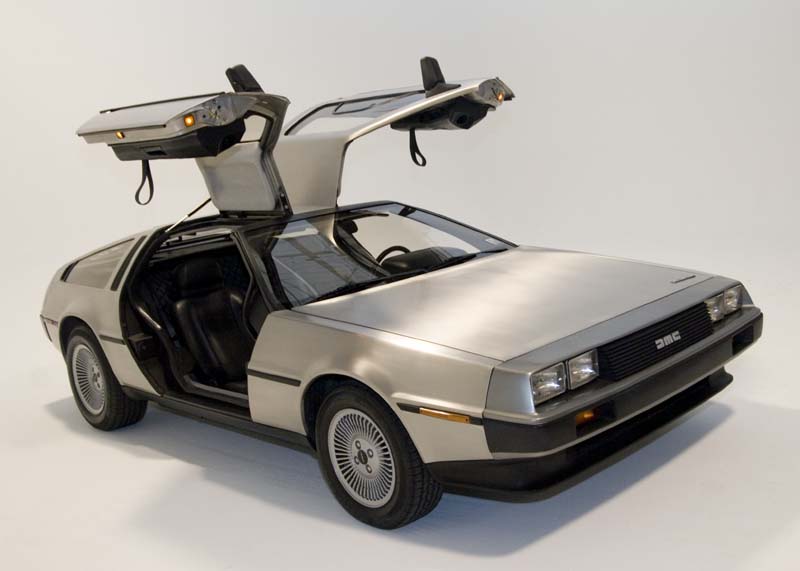
The factory:
- Built specifically for DMC (they started from scratch — a giant modern plant).
- Opened in 1980.
- Employed around 2,500+ people at its peak.
- Many workers had never built cars before, so they had to be trained from the ground up, which led to some of the early quality control problems.
- First pre-production cars started in early 1981.
- Full production ran from early 1981 to late 1982.
- After DMC collapsed, some leftover cars were assembled and sold off in early 1983.
Other Facts:
- Early prototypes had a Wankel rotary engine planned, but it was dropped due to poor reliability and emissions concerns.
- Some 1982 models are known as “black cars” — a few cars were painted at the factory to hide flaws in the stainless steel.
- John DeLorean wanted the car to symbolize individualism — a car that would stand out as much as its owner.
Why it failed (originally):
- High price compared to the actual performance.
- Initial quality control issues (early cars needed retrofitting).
- The recession in the early ’80s crushed the market for “luxury” toys.
- John DeLorean’s legal troubles froze investor confidence.
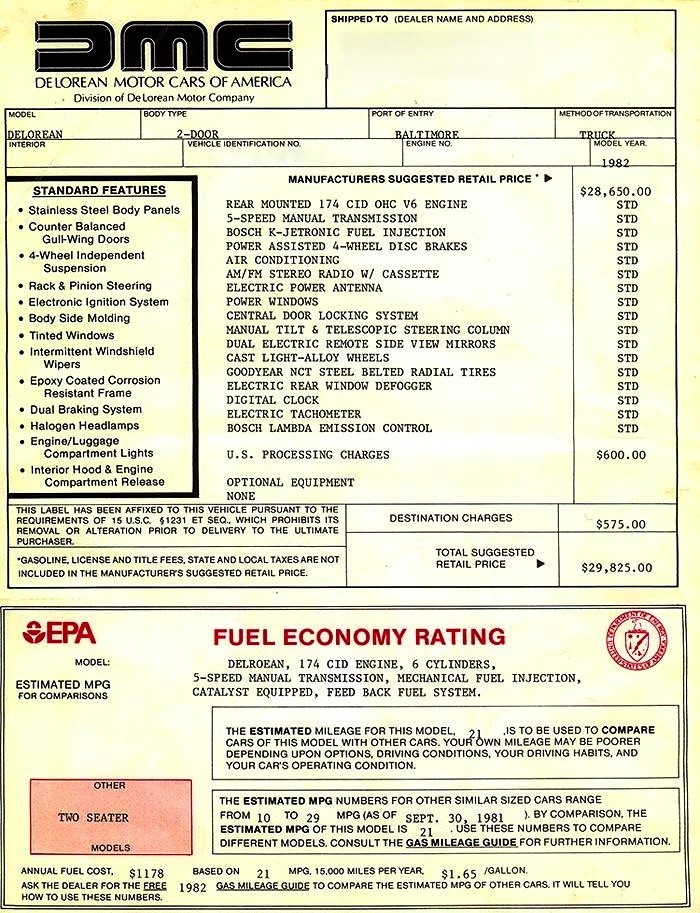
Fun twist
If you look at early promotional material (late ’70s concepts), the DeLorean was pitched like some Ferrari/Lamborghini killer — supercar looks with everyday usability. What they delivered was more of a showpiece cruiser that kinda flopped… until Hollywood made it legendary.
Early Prototypes — and the Rotary Engine Plan
Originally, John DeLorean wanted the car to be super futuristic, lightweight, and simple.
The first prototypes (circa 1976–1977) were supposed to use a Citroën Comotor Wankel rotary engine (basically a French-designed rotary).
But… the rotary was unreliable, dirty emissions-wise, and very thirsty — exactly what the U.S. didn’t want post-oil-crisis.
Result: They junked the rotary and went with the PRV V6 instead.
You can spot very early pre-production prototypes with different interiors, nose shapes, and thinner roof pillars.
Hidden Lotus DNA
After the engineering panic over the drivetrain, Colin Chapman (founder of Lotus) and his team at Lotus Cars were brought in to save the DeLorean project.
They essentially redesigned the car underneath:
- Lotus used a backbone chassis like their Esprit model.
- Suspension, brakes, even cooling system layouts? All very Lotus.
- The original idea of “mid-engined” got quietly dropped; the DeLorean became rear-engined (like a Porsche 911).
Stage I and Stage II Performance Upgrades
When people complained the DeLorean was “all show, no go,” DMC started working on factory performance packages:
- Stage I: Improved engine tuning and exhaust.
- Stage II: Turbocharging! (A few twin-turbo prototypes were made.)
The DeLorean Motor Company even planned an official twin-turbo DMC-12 using a Legend Industries setup in the U.S. — early testing made over 250 hp, which would’ve made it properly fast. Sadly: None of these made it to production before DMC collapsed.
Colorful DeLoreans
- “Gold” DeLoreans: In 1981, DMC made a special run of 24-karat gold-plated DMC-12s for American Express’ holiday catalog. (Yes, seriously.)
- Factory-painted DeLoreans: Toward the end, some stainless panels were getting damaged — instead of fixing them, DMC painted cars black, red, or blue.
These are ultra-rare now.
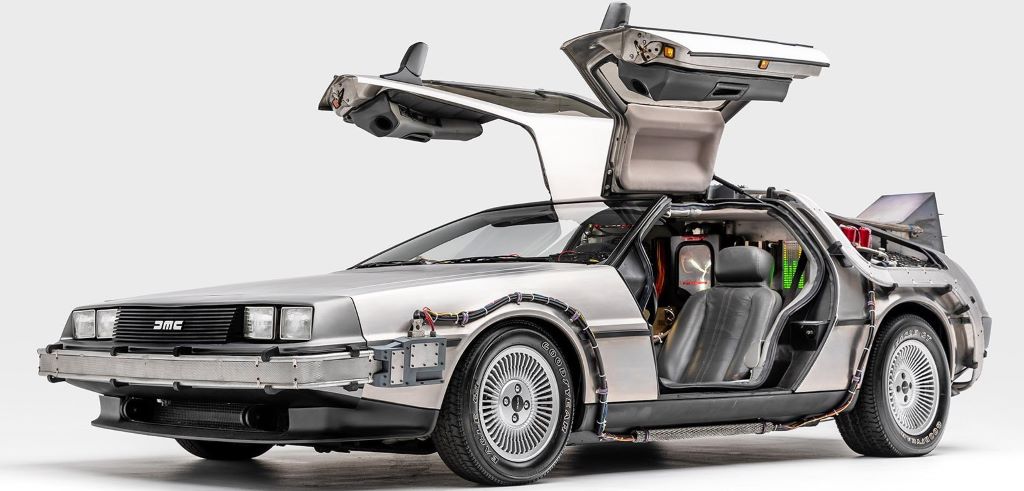
Back to the Future and How It Saved the DeLorean’s Reputation
Fun fact: The Back to the Future crew almost chose a refrigerator for the time machine (no joke).
At the last minute, Robert Zemeckis and Bob Gale figured the DeLorean’s gullwing doors looked “like a spaceship.” Perfect.
The movie locked the DeLorean into pop culture — turning a financial disaster into an absolute legend.
There were actually several BTTF cars built:
- Hero cars (fully detailed)
- Stunt cars (stripped down)
- Mockups (sometimes fiberglass shell versions)
Most of the original movie-used cars survived and have been restored today.
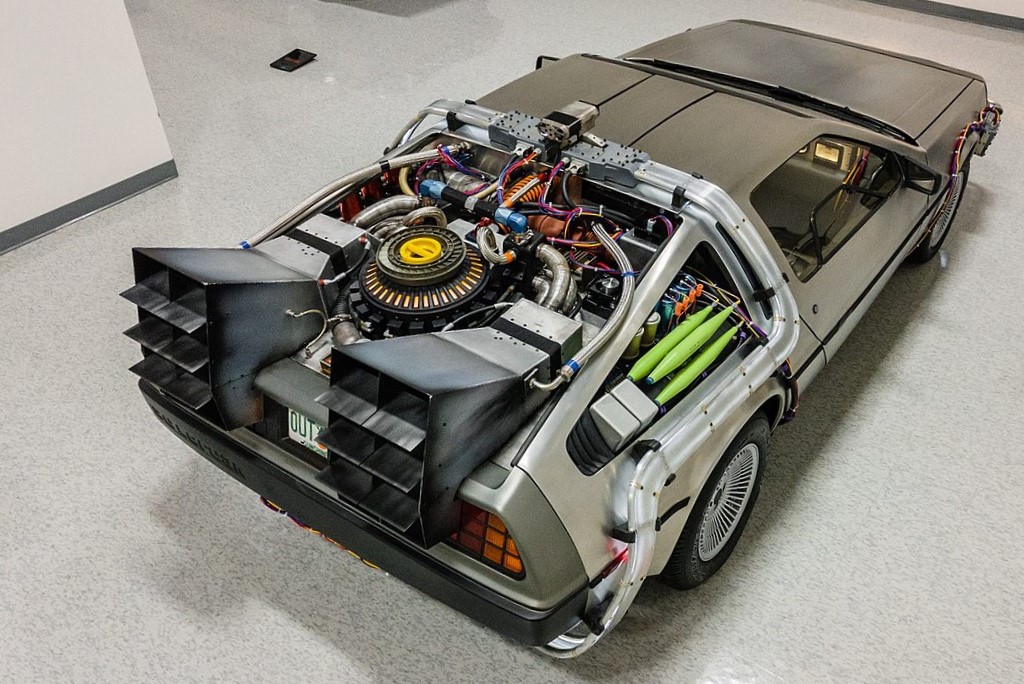

You must be logged in to post a comment.